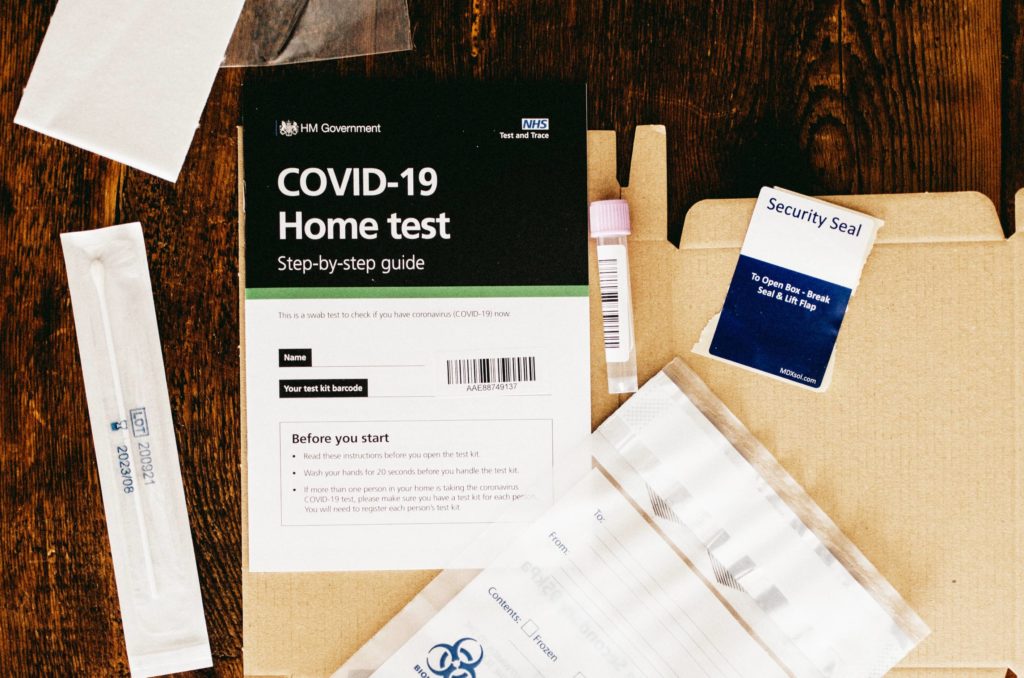
The same rules must be applied to the unvaccinated
Inaccurate diagnosis has wreaked havoc throughout the pandemic resulting in exaggeration of case and death numbers. PCR testing was designed to minimise false negative results at the outset and consequently, having not changed strategy, false positive results were inevitable. Diagnosis and deaths will be exaggerated when defined only by a single positive PCR result without any need for symptoms or confirmatory testing. The only way for the cases and deaths to diminish is for the definition to change. Now that there is a desire to see vaccinations having an impact, the CDC’s definitions are changing dramatically.
From 1 May 2021 the CDC stopped monitoring community PCR positives in the vaccinated population, focusing only on hospitalisations and deaths. Hospitalisations with a positive PCR test were no longer counted as a COVID-19 case in either of the following 2 cases: firstly, if there were no COVID-19 symptoms, or secondly if the patient was admitted for another diagnosis (even if they had COVID-19 symptoms). This is a laudable approach to diagnosis but must be applied to all patients as well as retrospectively. Its application only to vaccinated cases is likely to skew the perceived efficacy of vaccines in preventing so-called “breakthrough” infections.
Diagnosis of COVID-19 as the cause of death can be difficult. It would be reasonable to diagnose COVID-19 at death if a patient tested positive with a low Ct value, there was evidence of transmission, blood tests showed evidence of inflammation and falling platelet count, and at post mortem virus was identified in almost every organ along with evidence of pneumonia. In fact you would be hard pressed to find a doctor who would argue that such a death was not due to COVID-19. However, this exact situation was not only diagnosed as not being due to COVID-19 but was published as a case report in a peer reviewed journal. The patient had been vaccinated, which was clearly biasing the assessment of this death. The only features suggestive of COVID-19 which were not found in this case at post mortem are in fact also absent in a significant proportion of COVID-19 patients diagnosed at post mortem. The paper even claimed that the lack of these specific features meant that vaccination had lessened the pathogenesis of the virus; this is unlikely to be of comfort to his family. The bizarre summary could be expressed as: a vaccinated patient unfortunately died from COVID-19, but without the vaccine it would have been worse.
Diagnosis of cases will depend on how test results are interpreted in the vaccinated. It is well established that a strong positive result with a Ct value of 25 or less is likely to represent an infectious patient. However, diagnoses continue to be made based on Ct values representing results that are 30,000 times weaker. A single viral fragment incidentally inhaled prior to testing will result in a diagnosis in the absence of disease, regardless of the vaccination status of the person tested. To prove vaccinations work, results with a Ct value of 27 or more were counted as not being significant in the vaccinated in a recent study.
A stricter definition of disease for calling cases and attributing deaths to COVID-19 is long overdue. However, it must be applied to the unvaccinated as well as the vaccinated.

